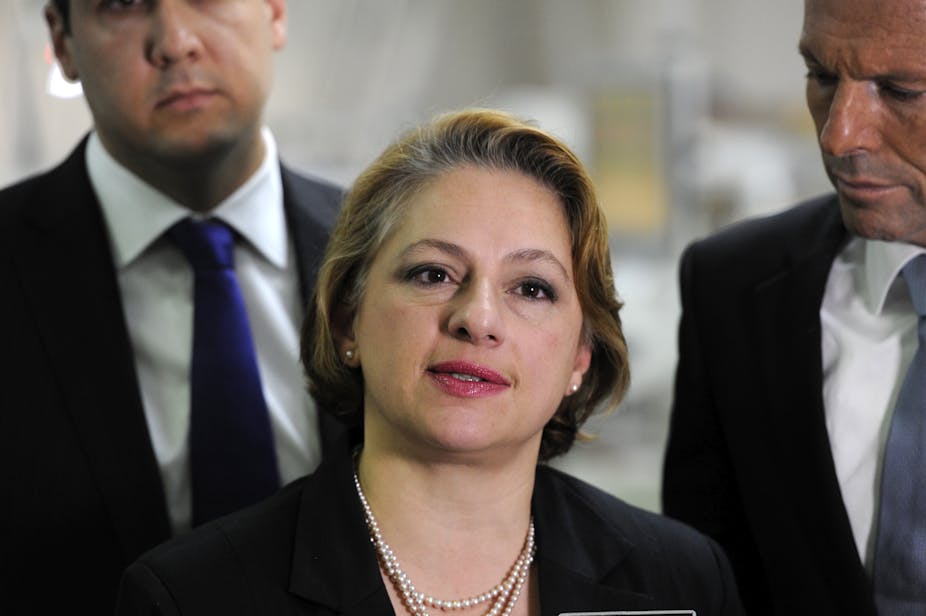Following a close count on election night, the result in the rural Victorian electorate of Indi is still unknown. As the counting of votes continued, it was still unclear whether Liberal incumbent Sophie Mirabella will hold onto the seat, or whether independent candidate Cathy McGowan will produce an upset result.
In any case, McGowan’s bid for election was boosted last night when the Australian Electoral Commission (AEC) found a box of first preference votes that was mistakenly labelled. Instead of marking the box as containing 2,115 votes for McGowan, the AEC had marked it as containing 1,115 votes.
The error was discovered when a re-check found there were 1,000 additional votes for the Senate than the House of Representatives in the Wangaratta pre-polling station.
Finding the error suggests the AEC’s systems are effective, but they also highlight how the voting system comprises components that must all work together in order to reach a final result. At the close of the polls on election night, AEC officers manually count the ballot papers.
In addition to the official counters, the parties often nominate scrutineers who are responsible for inspecting the votes and how they are counted.
The Australian voting system is fairly robust. It is administered by the AEC which is a statutory authority, making it an arm’s length from the direct influence of parties or the government of the day.
It engages in continuous roll monitoring to ensure that it remains up to date. The AEC also spends a lot of effort in reviewing its processes, especially in weeding out enrolment fraud.
Despite these measures, sometimes things can go a bit awry. In 2010, for example, there were reports of irregular handling of pre-poll votes in the seats of Boothby and Flynn. After investigating the premature opening of ballot boxes by AEC officers, it was decided that a combined total of 4,283 votes were excluded from the final count.
In 2007, Labor’s Rob Mitchell was declared the winner in McEwen by just seven votes. After recounting more than 100,000 ballot papers, however, Liberal Fran Bailey was returned with a majority of just 12 votes.
There are back-up systems in place if a candidate believes an election result is incorrect. In particular, the High Court of Australia, siting as the Court of Disputed Returns, may inquire into the conduct of federal elections.
Some, such as Liberal MP Malcolm Turnbull, have argued for the introduction of electronic voting. Suggesting that such a system would yield less informal votes, proponents also suggest it would simplify the counting process. A switch to electronic voting, however, would require changes to the Electoral Act. It would raise questions about the integrity of such a process, especially in terms of being “hacker”-proof.
The current situation in Indi highlights how simple errors can make a major impact on electoral outcomes. So far, however, the AEC has demonstrated that it is able to deal with problems as they arise and maintain the integrity of, and confidence in, the voting system.

